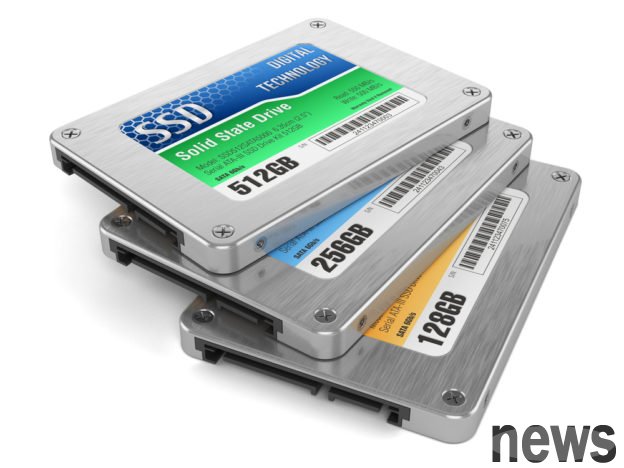TrendForce’s latest survey shows that AI inference applications are rapidly increasing the demand for instant access and high-speed processing of large amounts of data, prompting traditional hard disk drive (HDD) and solid-state drive (SSD) supplier...

TrendForce’s latest survey shows that AI inference applications are rapidly increasing the demand for instant access and high-speed processing of large amounts of data, prompting traditional hard disk drive (HDD) and solid-state drive (SSD) suppliers to actively expand large-capacity storage products. The HDD market is facing a huge supply gap, which has encouraged NAND Flash manufacturers to accelerate technology transfer and invest in the production of ultra-large capacity near-line SSDs such as 122TB or even 245TB. The original uncertainty about future demand has been alleviated.
TrendForce stated that the HDD industry is in the throes of technological upgrading. The high initial cost of investing in a new heat-assisted magnetic recording (HAMR) production line not only creates a bottleneck in capacity expansion, but also forces suppliers to pass on costs to customers, causing the average selling price per GB (ASP Per GB) to increase from US$0.012~0.013 to US$0.015~0.016, weakening the core cost advantage of HDD.
NAND Flash evolves through 3D stacking, and its production capacity increases much faster than HDD. The number of stacked layers has moved from hundreds to 200 or higher, and the wafer storage bit density continues to increase. In 2026, the output of 2Tb QLC chips will gradually increase and become the main force in reducing the cost of near-line SSD.
AI inference workload involves random reading of a large number of small files and rapid call of model parameters. From a performance perspective, SSD's IOPS (read and write times per second) are hundreds or even thousands of times that of HDD, and microsecond-level latency (latency) is incomparable to HDD's millisecond-level latency. SSDs do not require motors to drive disks when operating, and the power consumption per TB is much lower than HDDs. For large data centers, the savings in electricity bills, cooling costs, and cabinet space by switching to SSDs can more than offset the higher initial costs in the long run.
TrendForce pointed out that after the HAMR production line of the HDD industry is fully upgraded and economies of scale are achieved, there is still room for optimization of production costs. However, the speed of NAND Flash cost reduction and the flexibility of production capacity expansion both have structural advantages. For NAND Flash suppliers who have been looking for long-term needs beyond smartphones and PCs, the near-line SSD market is undoubtedly a good opportunity to replace HDD. Therefore, the focus of investment has shifted to higher density and larger capacity QLC products. In addition to meeting immediate orders, it is also focusing on the battle for dominance of data center storage architecture within ten years.